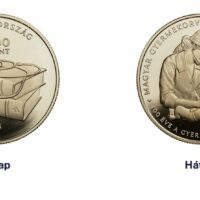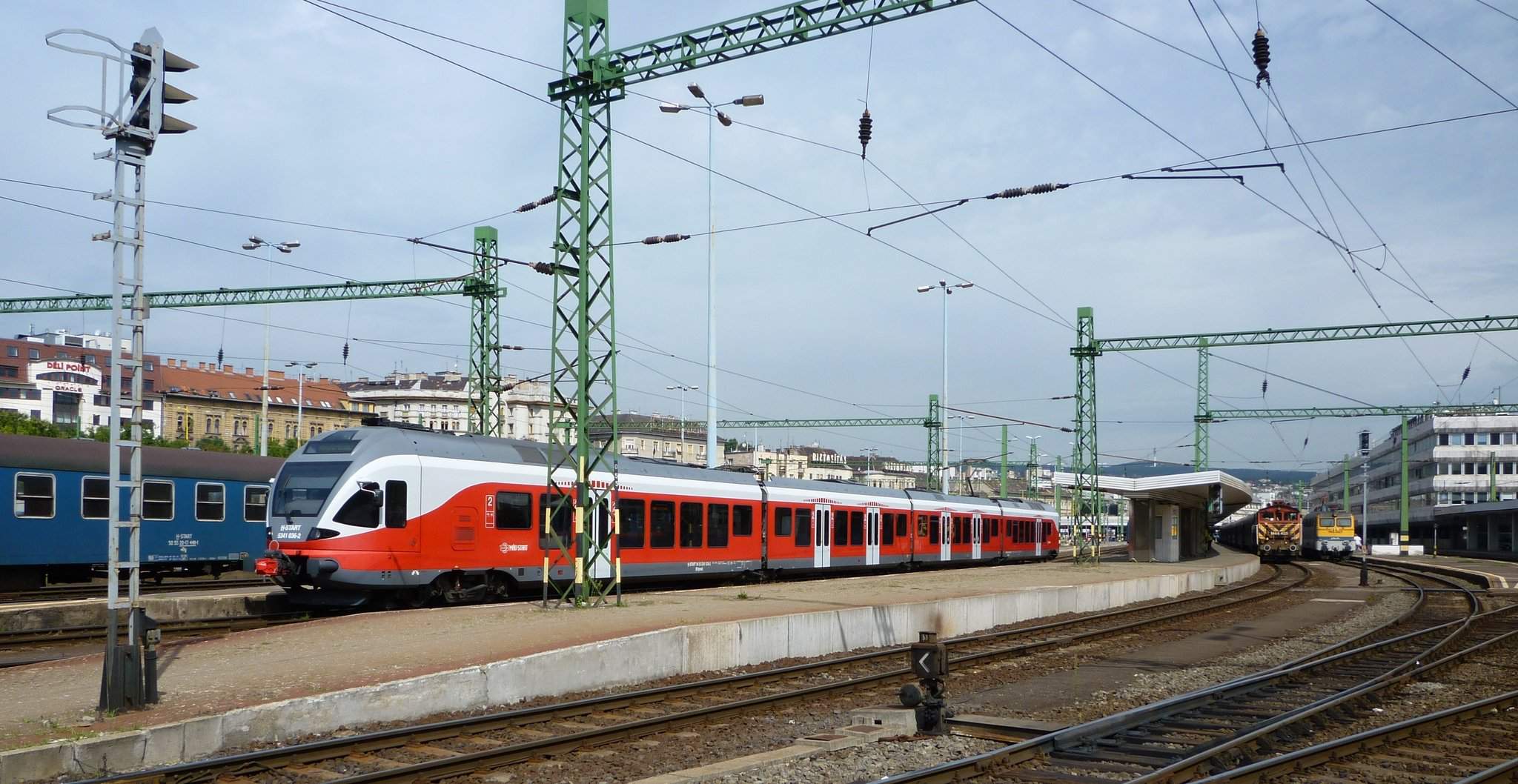Another gigaproject in Budapest – new FLIRT trains instead of the age old ones?
Using EU funds and taking MÁV (Hungarian State Railways) regulations into consideration, the new state owned HÉV suburban railway lines in the agglomeration area will be renewed using hundreds of billions HUF, Magyar Idők was informed by a government related source.
Budapest handed over the HÉV lines in Szentendre, Ráckeve, and Gödöllő to MÁV last December, as it could no longer finance the suburban railways in the mentioned areas. The trains are 40 years old on average, and are in a bad state of repair. István Tarlós, mayor of Budapest, said last October that the trains which were manufactured back in the German Democratic Republic (abbreviated as NDK in Hungarian) could be renewed for another 20 years in BKV’s (Budapest Public Transport) own garage.
According to their calculations the renovations of the 91 trains would cost 15 billion HUF, modernizing the drive trains would cost another 15 billion HUF, and for the reconstruction of the lines and the safety system another 30 billion HUF would be needed. Budapest currently has no means to finance such a project, and the EU does not fund the renovation of old trains, but urges the improvement of the system.
According to the announcement found on the website of the Trade Union of Hungarian Railway Workers (VDSzSz) a study was made by BKV to estimate the cost of renewing the HÉV lines (including the Csepel lines) and the replacing the old trans with new ones. The total cost would be 300 billion HUF: the new trains would cost 100 billion HUF, and 200 billion HUF would be needed to renovate the lines and the infrastructure. The Budapest owned BKV is left out of several projects while MÁV has the right to apply for the necessary EU funds.
It is obvious that the HÉV suburban railway lines and trains should either be renewed or replaced, and in the past two years Hungarian state- and privately owned companies have been preparing to do just that. The Swiss based Stadler is ready to transport FLIRT trains to Hungary, Zoltán Dunai, acting manager of the company’s factory in Szolnok, told in October 2014.
The company would work together with the state owned Dunakeszi Járműjavító Ltd., dividing the tasks: the Stadler Trains Hungary Ltd. would manufacture the railway trains, while the Dunakeszi Járműjavító Ltd. would be in charge of the final assembling, and would put the trains in operation.
The new FLIRT trains are especially popular among the passengers: the Hungarian fleet currently has 108 trains, which means that Hungary has the biggest FLIRT fleet in the world (these trains run e.g. between Budapest and Vác). The number of trains will be extended to 123 until December 2016. The carriages are longer than the HÉV trains (74 metres instead of 53 metres), all of them have low floor, air conditioning, Wi-Fi, power outlets, selective trash bins, and their maximum speed is 160 km/h.
Cover photo source: JolietJake/Wikimedia Commons
Copy editor: bm
Source: magyaridok.hu
please make a donation here
Hot news
German drugstore chain Müller to open gigantic shop in Budapest
Hungarian government to re-launch home renovation subsidy programme
Orbán cabinet: 2025 budget to strengthen families, businesses
Jaw-dropping: The average panel flat in Budapest costs over EUR 100,000
Hungarian Agriculture Minister: EU farm ministers to discuss internal market, fishing quotas
A royal twist: How Hungarian journalist Noémi landed a rental deal with Prince William in Cornwall




